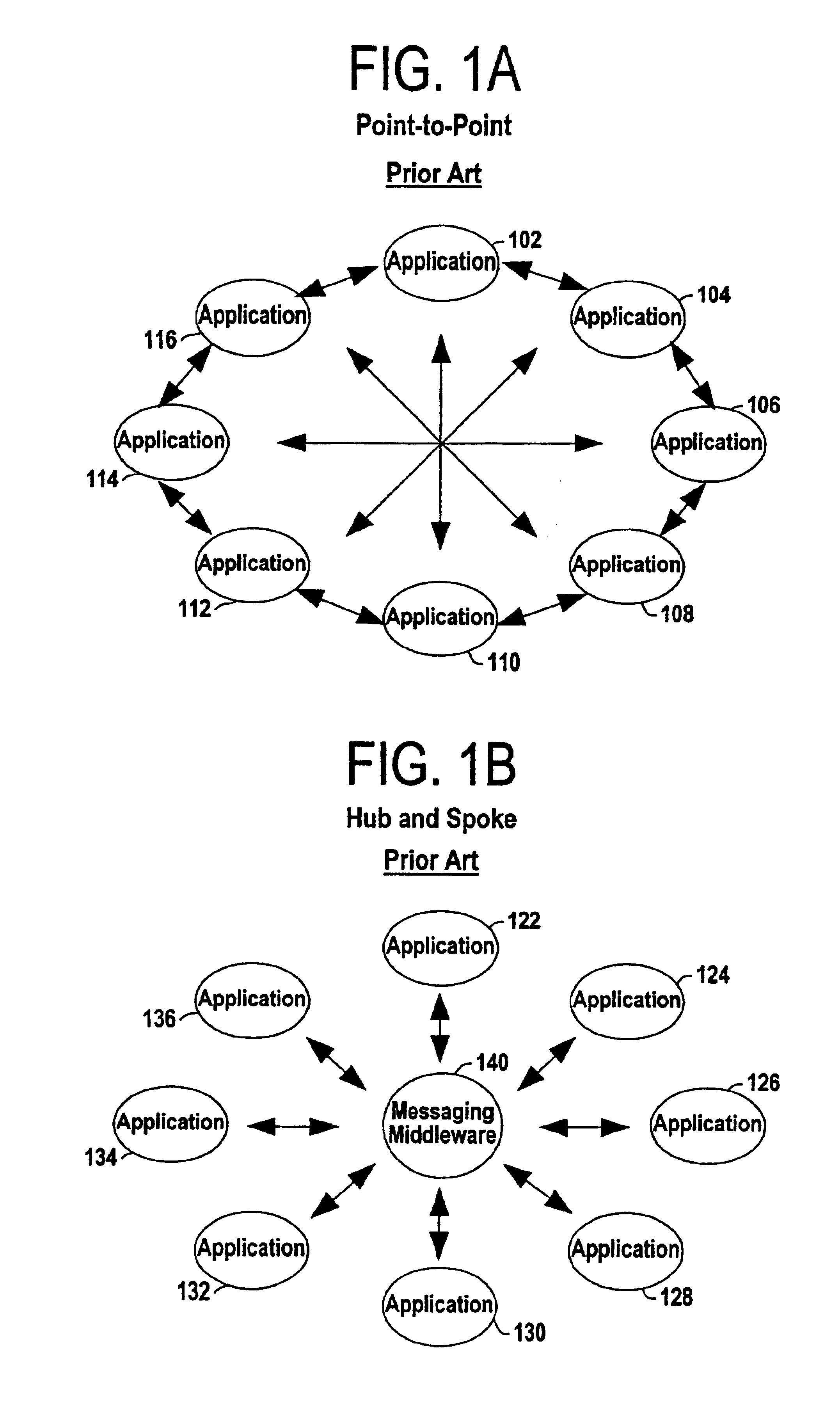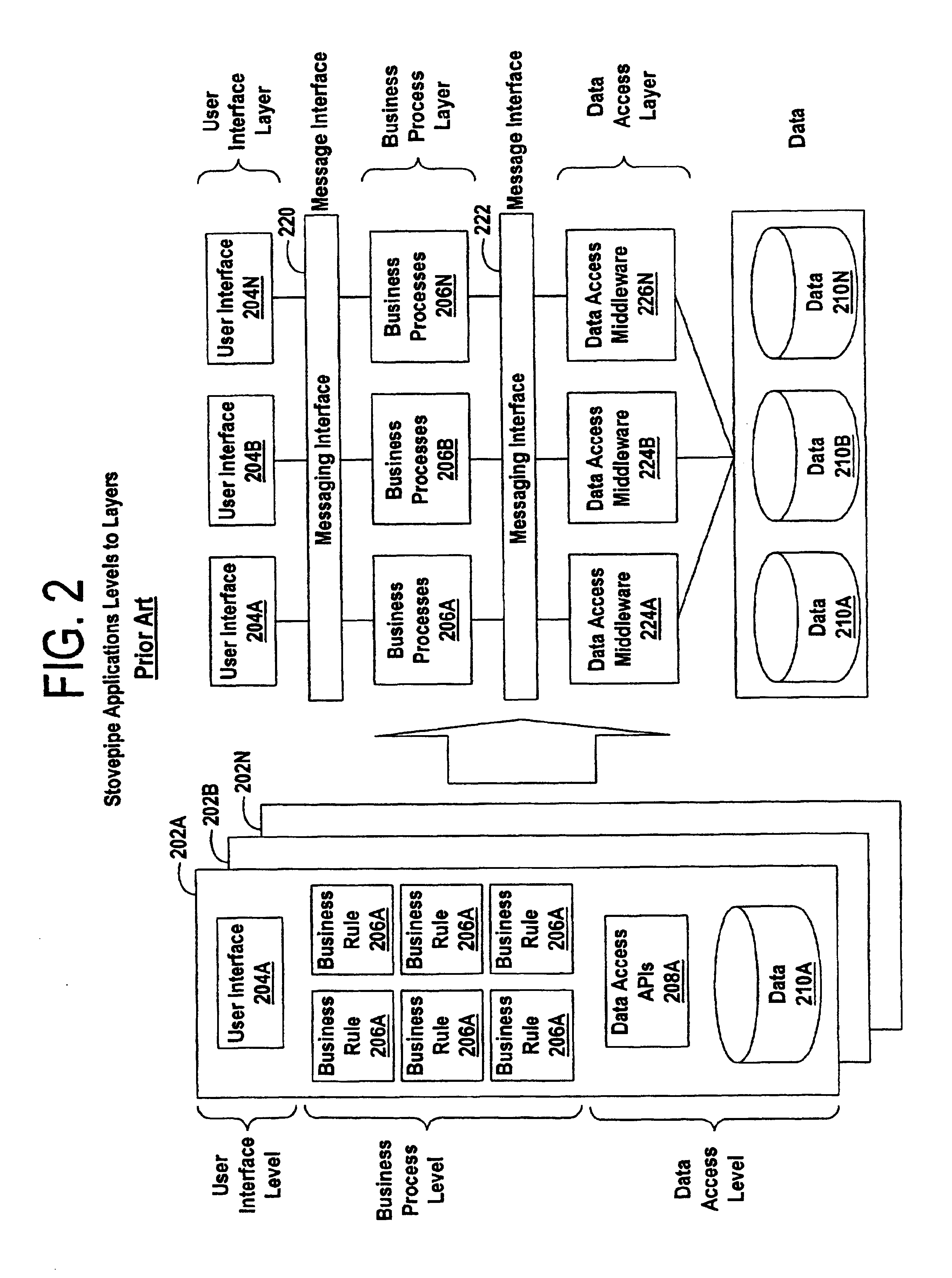Method and system for managing partitioned data resources
a data resource and partitioning technology, applied in data switching networks, instruments, payment protocols, etc., can solve the problems of large bandwidth consumption, data requires a communications infrastructure, and bottlenecks at the servers, so as to improve performance, reduce communications requirements, and enhance interaction. the effect of eas
- Summary
- Abstract
- Description
- Claims
- Application Information
AI Technical Summary
Benefits of technology
Problems solved by technology
Method used
Image
Examples
Embodiment Construction
[0080]The present invention relates to data processing. More particularly the present invention relates to the management of information technologies.
[0081]The automation of manual business processes was one of the first important tasks for which computers were employed. Prior to integrating to the business processes in computer applications for execution on computer-implemented systems, business processes were typically segmented along departmental lines, so naturally the computer business process applications that automated those business processes were likewise segmented along departmental lines. The resulting computer-implemented applications / systems were characterized as having narrow scope, rarely doing little more than automate the same steps and procedures that comprised the manual business process. Because of a lack of interoperability, they seldom integrated with other systems which likewise made sharing resources impossible. Normally, this way of providing answers to an e...
PUM
 Login to View More
Login to View More Abstract
Description
Claims
Application Information
 Login to View More
Login to View More - R&D
- Intellectual Property
- Life Sciences
- Materials
- Tech Scout
- Unparalleled Data Quality
- Higher Quality Content
- 60% Fewer Hallucinations
Browse by: Latest US Patents, China's latest patents, Technical Efficacy Thesaurus, Application Domain, Technology Topic, Popular Technical Reports.
© 2025 PatSnap. All rights reserved.Legal|Privacy policy|Modern Slavery Act Transparency Statement|Sitemap|About US| Contact US: help@patsnap.com



